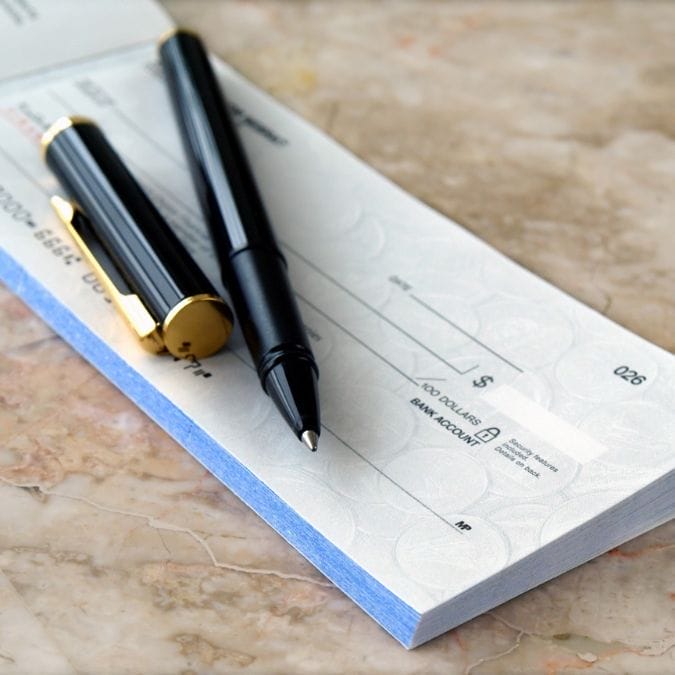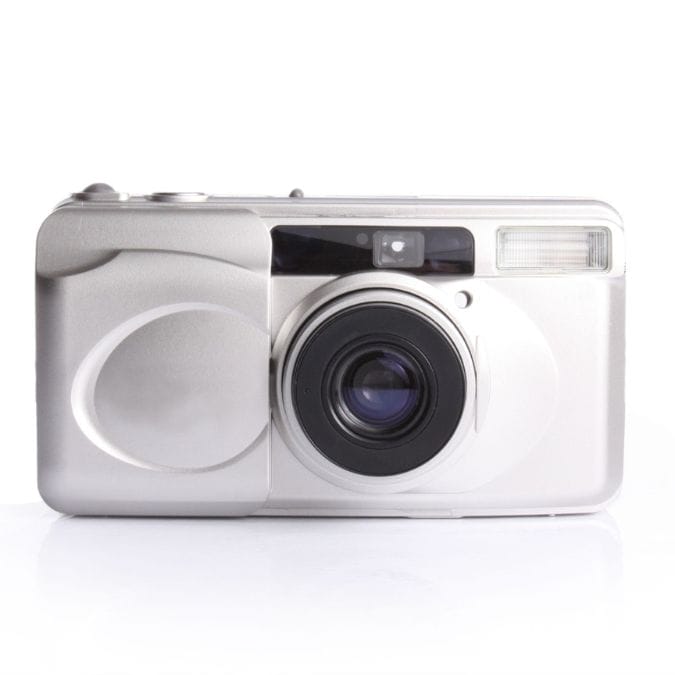While the world of shopping has evolved with the advent of digital platforms and changing consumer habits, certain everyday items remain steadfast in the lives of Baby Boomers. These items, often overlooked by younger generations, hold a unique charm and utility for those who grew up in a different era. Here’s a look at 15 everyday items that Baby Boomers still purchase but younger generations tend to ignore.
1. Bar Soap
For many Baby Boomers, bar soap is a bathroom staple. Its simplicity and effectiveness make it a go-to choice. Despite the rise of liquid soaps and body washes, bar soap remains popular among Boomers for its nostalgic value and cost-effectiveness. Younger generations often prefer the convenience and variety of liquid options, leaving bar soap a cherished relic.
2. Paper Maps
In an age dominated by GPS and smartphone navigation apps, paper maps might seem obsolete. However, Baby Boomers appreciate the reliability and tangibility of a good old-fashioned map. It’s a sense of adventure and self-reliance that digital navigation just can’t replace. Younger travelers, on the other hand, rely on their devices for directions, often ignoring paper maps altogether.
3. Checkbooks
The convenience of online banking and digital payment methods has led many younger people to abandon the use of checks. Baby Boomers, however, still frequently use checkbooks to pay bills, gifts, and personal transactions. The physical act of writing a check provides a tangible connection to their finances, something many find reassuring and trustworthy.
4. Canned Foods
While younger generations gravitate toward fresh or frozen options, Baby Boomers continue to stock their pantries with canned goods. Canned foods offer long shelf life and convenience, making them a practical choice. The familiarity and ease of preparing canned meals hold a special place for Boomers, even as trends shift towards fresh, organic options.
5. Printed Newspapers
Digital news platforms may dominate the information landscape today, but printed newspapers still find a loyal readership among Baby Boomers. The tactile experience of flipping through pages and the habit of a morning read over coffee are rituals that digital formats can’t quite replicate. Younger generations, accustomed to instant news updates on their devices, rarely opt for printed newspapers.
6. Home Landline Phones
In an era of smartphones, the home landline phone might seem redundant. However, many Baby Boomers keep their landlines for reliability and simplicity. Landlines offer clear reception and don’t rely on cell signals or battery life. Younger people, who are more mobile and tech-savvy, often see no need for a home phone when their mobile devices suffice.
7. Fabric Softener
The ritual of doing laundry for Baby Boomers often includes fabric softener to ensure clothes come out soft and fresh-smelling. With newer, all-in-one detergent pods and eco-friendly products available today, younger generations often skip fabric softeners. Boomers, however, stick to their tried-and-true laundry routines, including the familiar scent and softness of using them.
8. Cookbooks
Despite the abundance of online recipes and cooking apps, Baby Boomers still cherish their physical cookbooks. The curated, tangible collections of recipes offer a sense of nostalgia and trust that digital recipes can’t match. Younger generations, who often turn to the internet for culinary inspiration, may not appreciate the charm and reliability of a well-loved cookbook.
9. Manual Can Openers
With the rise of electric can openers and pop-top cans, manual can openers may seem like a thing of the past. However, Baby Boomers often prefer the simplicity and reliability of manual openers. They don’t require batteries or electricity, making them practical for any kitchen. Younger cooks who embrace modern kitchen gadgets might overlook this classic tool.
10. Disposable Cameras
In the digital age, where every moment can be captured on a smartphone, disposable cameras have become almost obsolete. Baby Boomers, however, still find joy in using disposable cameras for special occasions. The anticipation of developing film and holding physical photos holds a nostalgic value that digital images lack. Younger generations, accustomed to instant digital photos, rarely use disposable cameras.
11. Hardcover Books
E-books and audiobooks have revolutionized the way people read, offering convenience and portability. Yet, many Baby Boomers remain loyal to hardcover books. The tactile experience, the smell of the pages, and the visual satisfaction of a filled bookshelf are irreplaceable for them. Younger readers, who value the convenience of digital formats, often overlook the allure of a physical book.
12. Wall Calendars
Despite the prevalence of digital calendars and scheduling apps, wall calendars are still popular among Baby Boomers. They provide a visual, at-a-glance way to keep track of important dates and events. The act of physically writing down appointments and crossing off days offers a sense of accomplishment and organization that digital versions can’t replicate. Younger generations who live by their smartphones often ignore this traditional tool.
13. Manual Coffee Percolators
In an age of single-serve coffee makers and high-tech espresso machines, the manual coffee percolator might seem outdated. However, Baby Boomers appreciate the robust flavor and simplicity of a percolator. It’s a ritualistic and satisfying way to brew coffee that modern machines can’t replace. Younger coffee drinkers who favor convenience often miss out on this traditional brewing method.
14. Rolodexes
The digital revolution has brought about countless ways to manage contacts, but Baby Boomers still find value in a physical Rolodex. This old-school contact management system offers a tangible way to organize and quickly access important numbers. The physical act of flipping through cards can be more satisfying than scrolling through a phone. Younger professionals, however, rely on digital contact lists and apps, leaving the Rolodex behind.
15. Sewing Kits
For Baby Boomers, a sewing kit is an essential household item. It’s a go-to solution for quick repairs and alterations. While younger generations might opt for fast fashion and professional alterations, Boomers find satisfaction in fixing things themselves. The practicality and thriftiness of keeping a sewing kit on hand are values that younger people, who often prefer convenience, might overlook.
It’s a Matter of Preference
This diverse list of items highlights the changing consumer habits across generations. While Baby Boomers continue to hold onto these everyday items, younger generations are moving towards more modern and digital solutions. It’s a testament to how different eras shape our preferences and the things we value.
Read More
13 Reasons Baby Boomers Are Hopelessly Addicted To Their Phones
Reverse Boomerang: 11 Reasons Baby Boomers Are Moving In With Their Millennial Kids






















